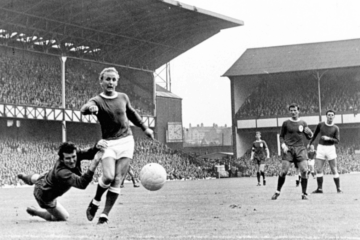Rob Sawyer
In an era before blended natural-synthetic surfaces and other technological advances, the responsibility for keeping the famous Goodison Park playing surface in top-top condition over many decades lay with Ted and Alan Storey, two of the Toffees’ unsung heroes.
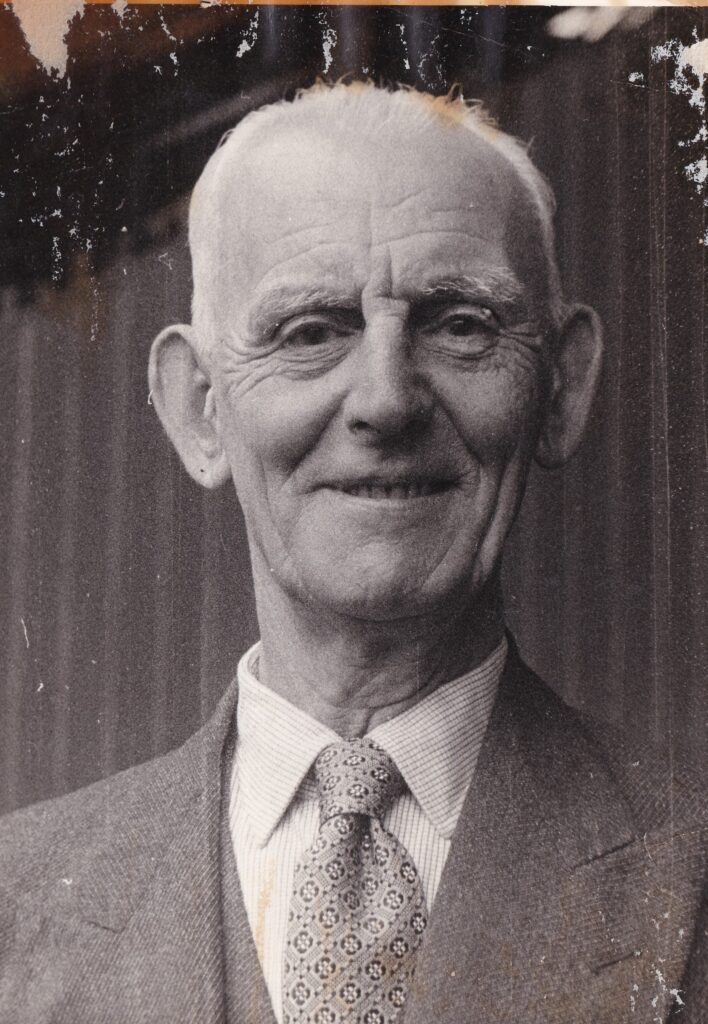
Ulverston-born Ted Storey (christened Edward, but some articles refer to erroneously as Edwin) moved to Liverpool in childhood. By 1901, aged 13, he was living with his widowed mother and siblings at 78 Windermere Street, not far from Anfield. On leaving school at 14 years of age, in April 1902, he joined the staff at Goodison Park. Originally assigned office administration duties, he switched to the club’s ground staff. Upon the death of Joe Smith, he was promoted to head groundsman in 1940.
During his life, this serious man lived at 4 Gwladys Street, 75 Goodison Road (in the early 1920s) and 11 Goodison Avenue with his wife Marcella (née O’Neill) whom he’d married in 1919. They had two children: Dorothy (born 1920) and Alan (born 1923). The Second World War necessitated him being on a roster of club employees (alongside Theo Kelly, Jackie Grant, Bill Borthwick and Gordon Watson) tasked with looking out for incendiary bombs dropping on or near the stadium. Like all groundsmen of that era, he frequently battled the elements and wear and tear caused by the regular fixtures (first team and reserves), to keep the pitch in the best possible condition. Ted also had oversight of Bellefield, which became frequently used for training, in addition to Goodison, after the end of the Second World War.
Ted’s dedication to the cause was acknowledged in January 1954 when the directors held a dinner in his honour at the Exchange Hotel. ‘A more loyal and faithful servant no club ever had’ was how club chairman Ernest Green described Ted. He was duly awarded a bonus of £500, free of tax, as a mark of gratitude.
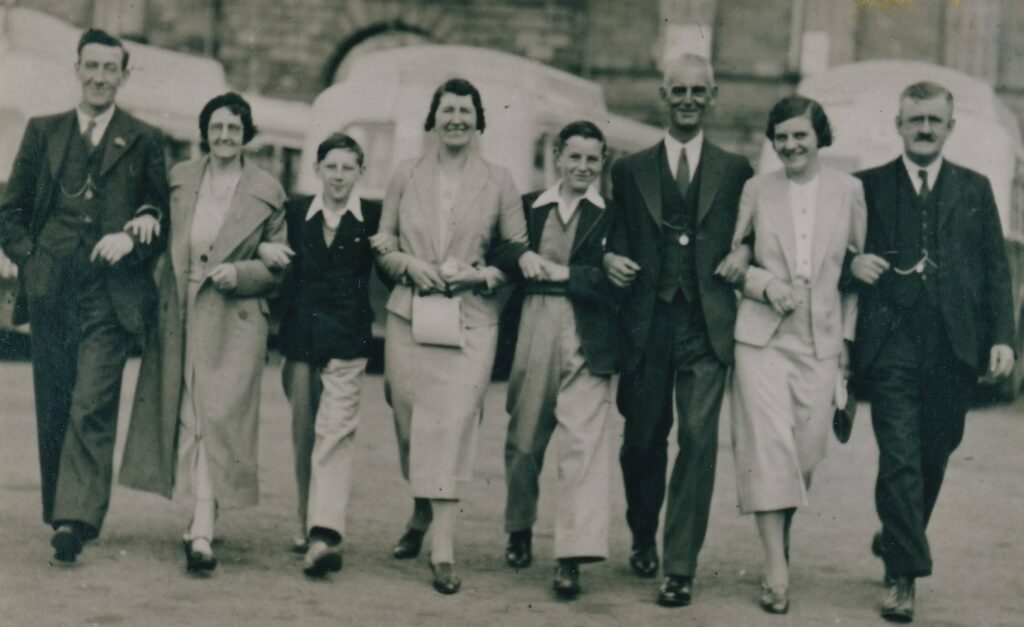

When Ted hung up his groundsman’s coat for the final time in the summer of 1960, he had a ready-made replacement in his son. Alan had aspirations to work in accountancy but his career in the world of book-keeping was soon interrupted by the Second World War and, in 1943 he enlisted with Bomber Command of the RAF. His training was carried out in Canada, sailing there on board the Queen Mary, which had the speed to outrun most U-boats (the ship also carried some German POWs). Training out of Picton, Ontario, he lodged with the Frewing family. It was an eye-opening experience for a young man who had never travelled abroad previously – the sheer scale of the country and the generous food portions stunned him.
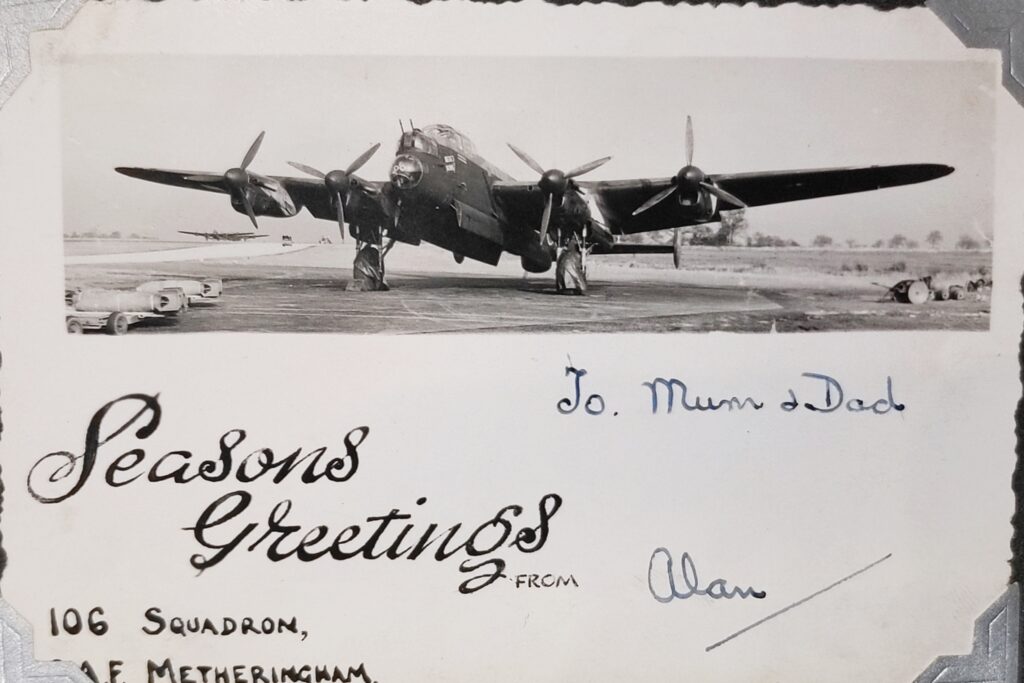
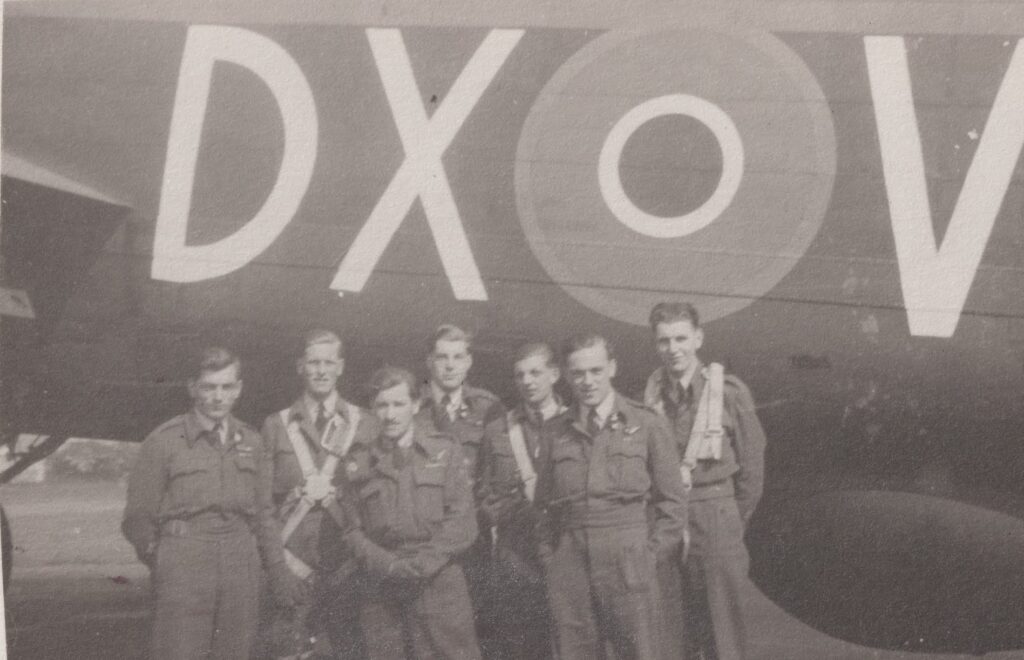
Back home, he would serve as a bomb aimer on Avro Lancasters of 106 Squadron, based in East Anglia. Even though the Luftwaffe was greatly diminished during the final two years of the war, missions that he undertook remained fraught with danger. Ground to air fire, intercepting German fighter planes, adverse weather conditions and mechanical issues doomed many an airman to an early grave. On the return leg of their flights, the monotonous Fenland landscape could make navigation back to the correct airstrip difficult.
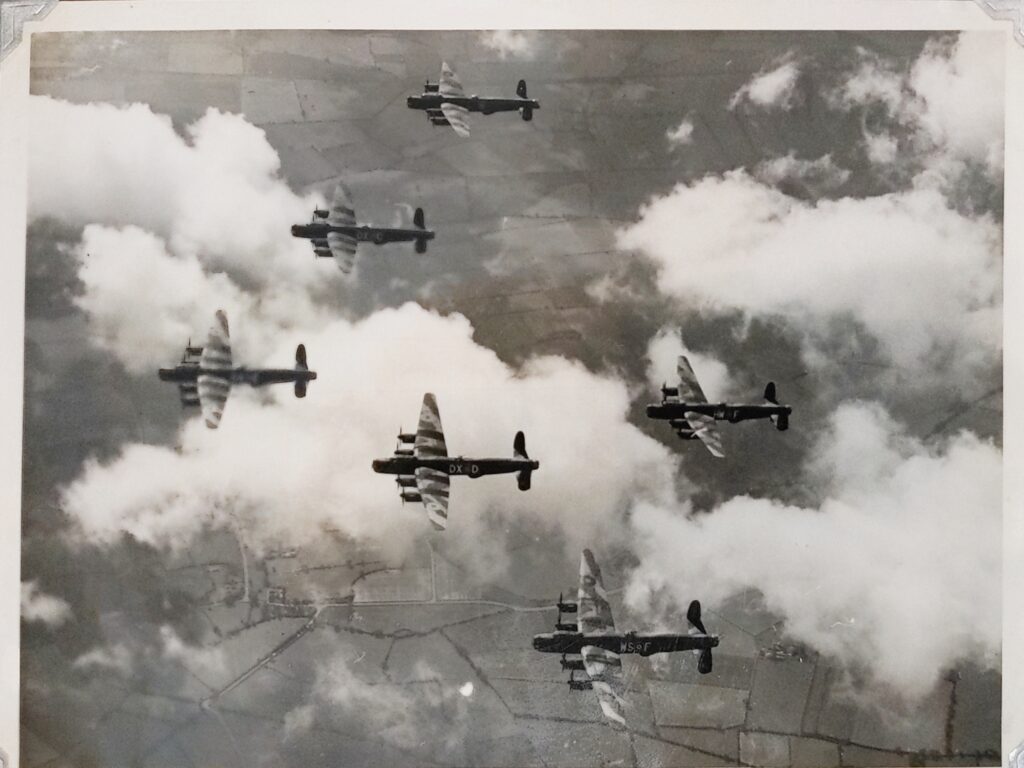
The squadron participated in shuttle bombing raids on Friedrichshafen and La Spezia (Operation Bellicose), an attack on the V-2 rocket research facility at Peenemünde and a 1,900-mile round trip to bomb the German Baltic Fleet at Gdynia. In the final months of the war in Europe, it helped to neutralize defences at Wesel, on the Rhine and carried out his final operations by bombing an oil refinery in Norway and laying mines in the Oslofjord.
After the war Alan saw out his military service in Malta. The squadron was used to fly POWs and troops home, principally from Italian bases. Photos retained by Alan’s family show airmen and ground crews conducting a mock funeral service at RAF Metheringham in February 1946, to mark the squadron being disestablished.
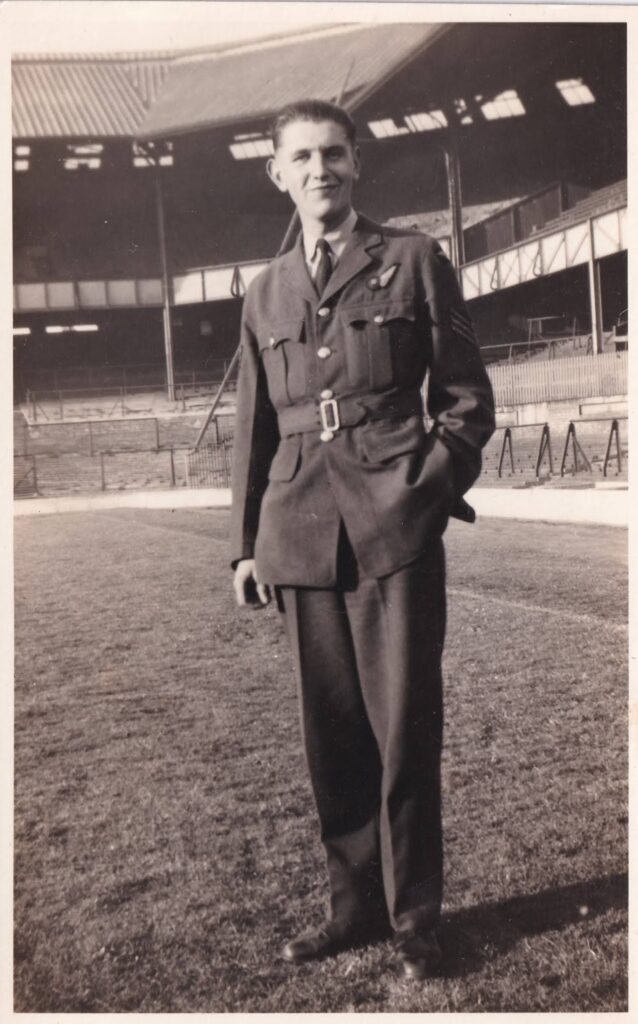
Other photos taken around this time show Alan in his RAF uniform inside Goodison Park – clearly, a perk of having the stadium’s groundsman as a father. After the intense wartime life experiences and jeopardy experienced on active service, Alan had little appetite to continue with the accountancy firm he was attached to. So, when Everton’s secretary-manager Theo Kelly offered him an office role with his beloved Blues in January 1947, he leapt at the chance. Like his father before him, in time he moved over to the ground staff where he received Ted’s expert tutelage. A friend, Ken Jones (whose father’s window cleaning round included Goodison Park) recalls Alan stood next to his father observing the takings at the September 1948 Merseyside derby. Realising that this was a record gate for the ground (78,299) he turned to his father and said, ‘It’s gone today’.
Appointed as head groundman in June 1960, Storey Jr. was awarded a salary of £12 per week, rising to £13 after 12 months if his work was deemed to be ‘satisfactory’. Ted would continue to come to watch the Toffees (and maybe inspect his son’s work) until not long before his death at the age of 81 in 1969.
The role of head groundsman could be extremely stressful. Bitterly cold winters and a heavy fixture schedule could wreak havoc with the playing surface, The club’s first experiment with undersoil heating had taken place two years before Ted’s retirement, but Alan inherited the ‘teething’ issues. The resultant drainage problems were reputed to have turned this normally calm and unruffled man’s dark hair turn grey in no time at all.
Alan would have a long-standing working relationship with Dougie Rose, who was responsible for Bellefield (under Ted’s ultimate control) but also assisted at Goodison Park when required, alongside Jack Gibson. Alan had a wide-ranging oversight of the stadium on matchdays. He liaised with the police match commander and managed the stewards and gatemen, overseeing the counting and auditing of the cash takings through the turnstiles. The counting room was located on the corner of Gwladys Street and Bullens Road. Ensconced there for much of the match, Alan had precious little time to take in the action on the pitch that he was responsible for. His nephew, Rob Jones, recalls: ‘You used to see him coming up the entrance by the directors’ box, standing there for five mins in the second half and then he’d disappear. He’d be in the counting house until late. He was a very busy man on a matchday.’

The aforementioned, Ken Jones, who was given a role on the turnstiles, and subsequently in the counting office, recalls that Alan was meticulous in ensuring that the gate money balanced and took to the work computer ‘like a duck to water’ when it was introduced.
Alan had married Tina Jones, the couple living on Goodison Avenue. They had no children but made a fine aunty and uncle. Alan would regularly have a drink in the Winslow with his brother-in-law John and sometimes set up a badminton net under the cover of the Gwladys Street stand so they could have a game. Alan and Tina subsequently relocated to Jubilee Drive in Netherton. A final move took them to Dartmouth Avenue, Old Roan. There, Alan had little appetite for doing anything in the garden beyond feeding and mowing the lawn – he’d done enough green-fingered work at Goodison.
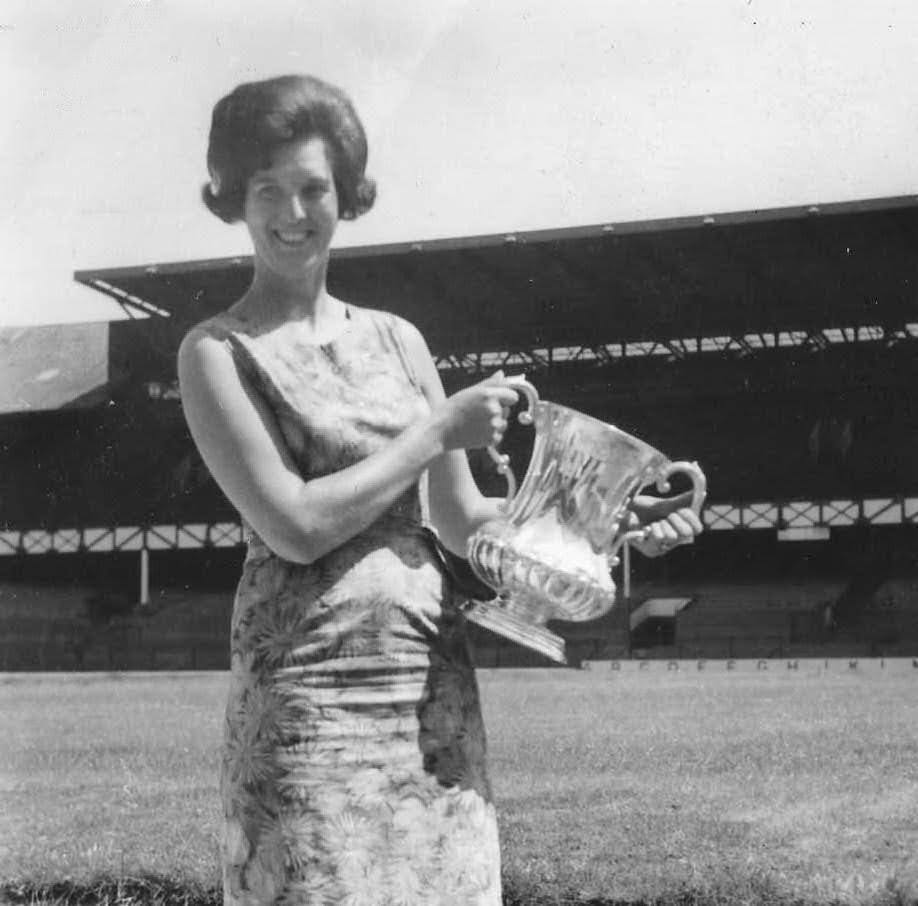
Alan knew all of the things that when on at the club – but, as his nephew Rob attests, he would never let on. He was a club man through and through and respect confidentiality and discretion.


Alan’s loyalty and skill were recognised on several occasions by the club and its supporters. The Everton Supporters Club presented him with a bronze plaque to mark the League Championship win of 1970. Two years later, the club’s directors gave him a Rotary watch to mark 25 years of service. In 1985, he received another watch (Seiko, this time) from the Canon League to recognise 45 years of continuous tending of Goodison’s precious pitch by the same family. Tina, meanwhile, combined work in Timpsons shoe store in Walton Vale with part-time employment at the stadium’s Park ticket office.
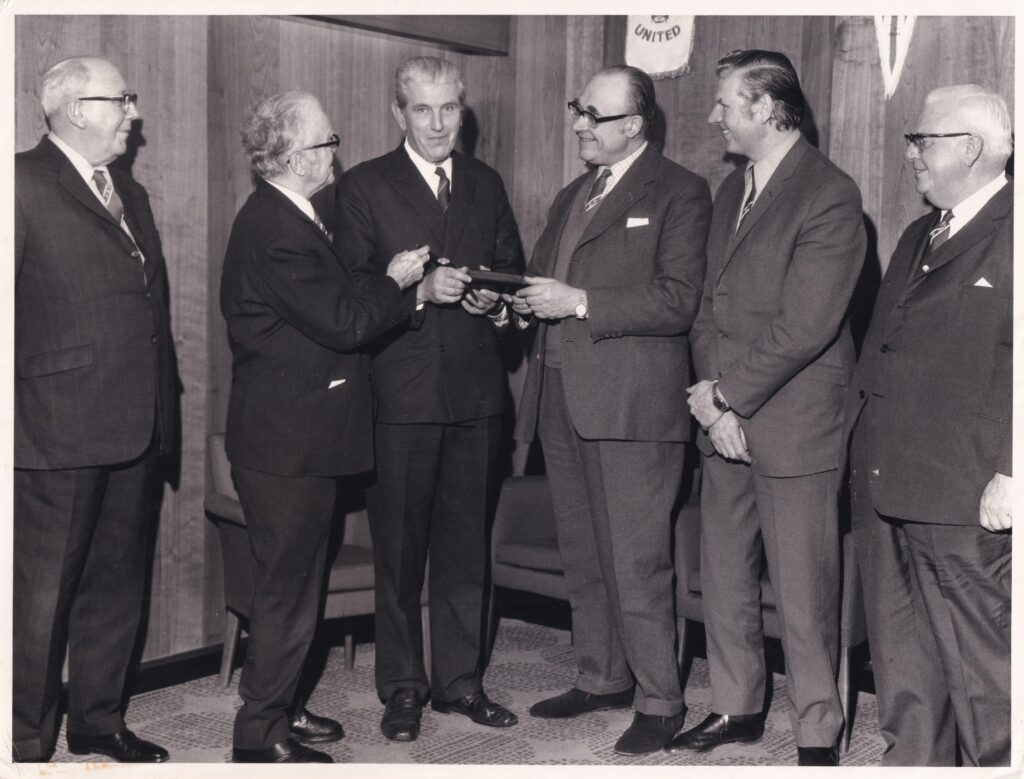
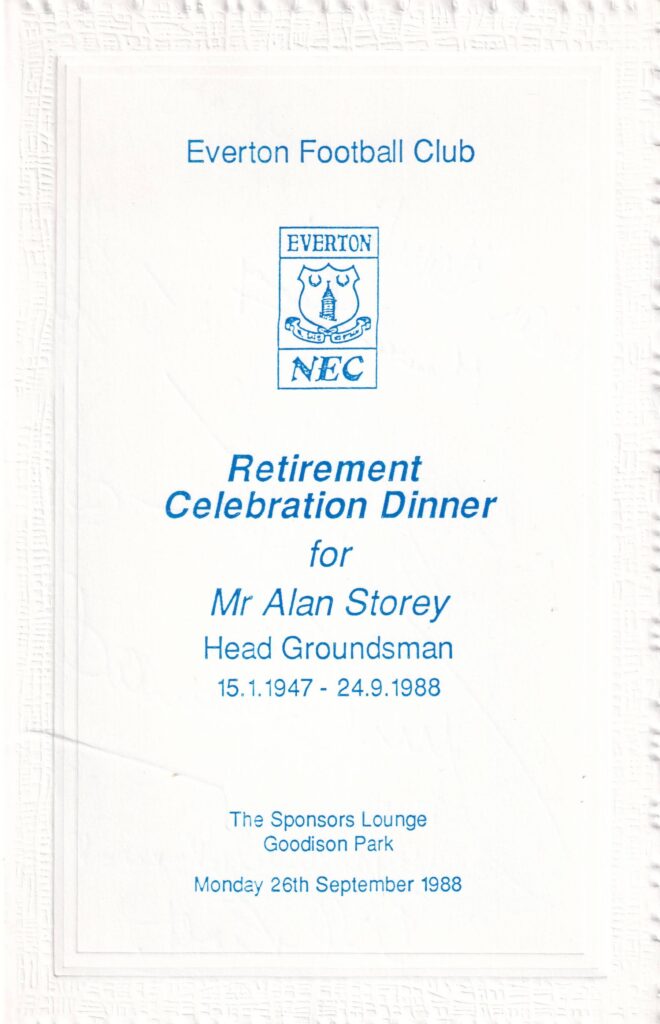
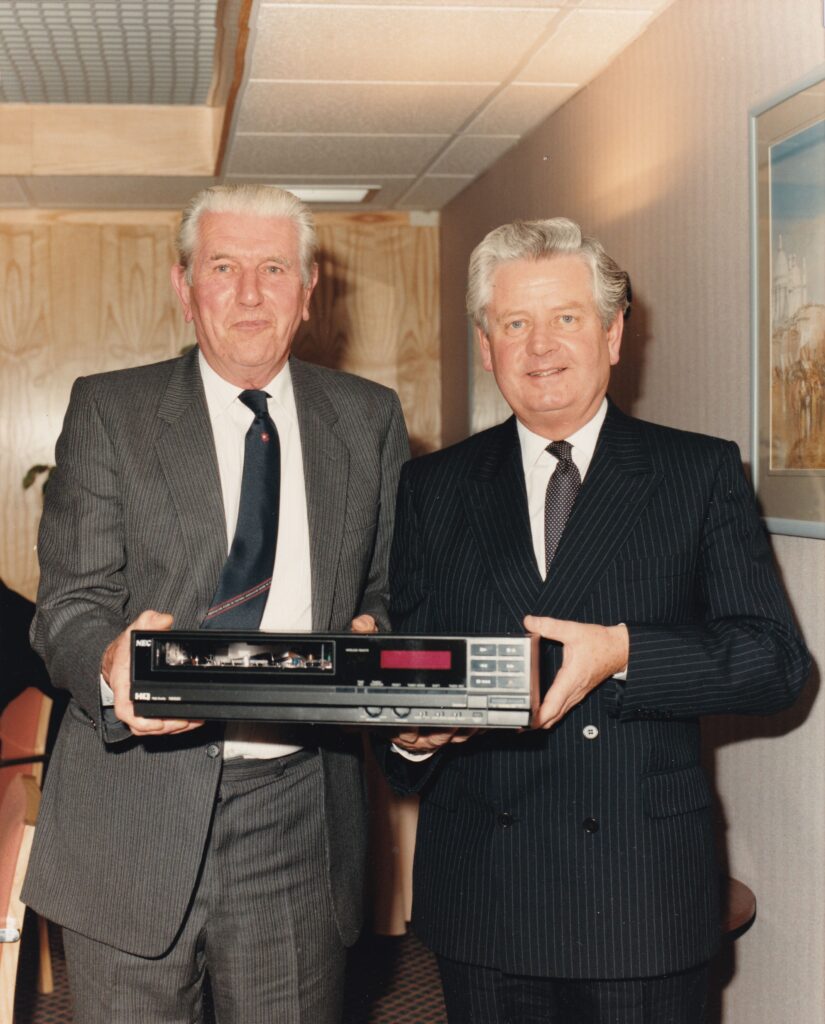
As he hit sixty-five, it was time for Alan to bow out. The final match he was responsible for was the Toffees fixture against Luton Town on 24 September 1988. forty-one years of dedication to the Blues was celebrated two days later with a dinner in the Sponsors Lounge at Goodison Park. Chairman Philip Carter presented him with a VHS video recorder (NEC, naturally) as a retirement gift. Dougie Rose succeeded Alan as head groundsman of the iconic stadium (although he continued to live in club lodgings at Bellefield). Bob Lennon took over Rose’s duties at the training ground (and now looks after Goodison Park). Alan could not be parted from Goodison Park, totally, and on matchdays he would continue with the task of checking the gate receipts in the counting house.

With more time on his hands, Alan liked watching horse racing on his portable TV at home. He was a dab hand at studying the form and picking out winners, but, to Tina’s chagrin, never placed a bet. Neither of the couple had learned to drive until Alan passed his test in the 1980s and then became the ‘designated driver’. He stepped away totally from working for the Blues in 1998. It broke his heart but he had concerns about some of the ways in which he felt that the club was being run. The ticketing fiasco for the 1995 FA Cup Final was one example – he went along the snaking queue trying to warn people that their long wait for those coveted pieces of paper would be in vain.
On 12 July 2000, just two years after giving up his final role at Goodison Park, Alan passed away after a battle with cancer. He was universally held to be wonderful, loyal friend to have, an excellent groundsman and a Blue, through and through. Along with his father, he was very much a part of the fabric of the club and the grand old stadium that we will shortly be taking our final leave of.
My sincere thanks to Rob Jones, Ken Jones and Ian Clayton for their help with this article and sourcing of images.


